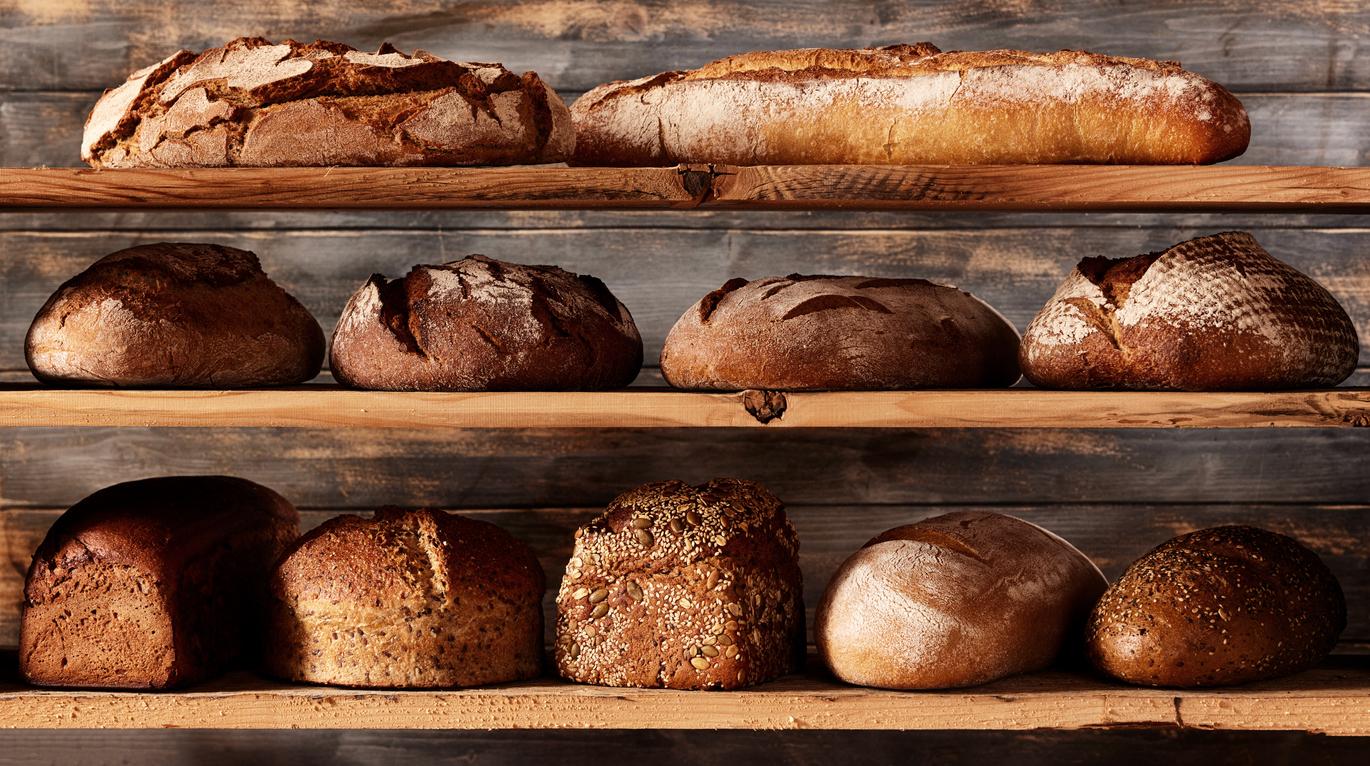Hypersensitive to gluten
celiac disease
One in two hundred Dutch people has celiac disease, a chronic inflammation of the intestines. Often the symptoms of the disease are not recognized. Celiac disease is not going away, so you must follow a gluten-free diet for life.
People with celiac disease (pronounced: seulia) are allergic to gluten. Gluten is a protein found in rye, wheat, oats and barley. The reaction to eating it damages the lining of the small intestine.
How does celiac disease develop?
In a healthy small intestine there are intestinal villi on the mucous membrane, which together form an enormous surface for food absorption.
The intestinal villi of celiac patients break down by the ingestion of gluten. As a result, carbohydrates, fats, proteins, vitamins and minerals are absorbed less well.
Celiac disease usually develops in the first two years of life, but can also start in adulthood. The symptoms only arise when gluten is eaten.
The disease is often hereditary. If one of your parents, brothers or sisters has it, you have a 10 percent higher chance of also getting the disease. Both children and adults can have one complaint, but also several.Possible Symptoms
* an abnormal defecation pattern, such as diarrhoea
* vomit
* listlessness
* osteoporosis
* smelly stools
* a swollen stomach
* flatulence
* drowsiness
* strong mood swings
* lack of appetite
* growth retardation
* weight loss
* anemia
* a late puberty
* muscle complaints
* fertility problems
* nervous disorders
* psychological complaints
Many of these complaints arise because the intestines cannot absorb the necessary nutrients. As a result, people with celiac disease suffer serious deficiencies.
How Is Celiac Disease Diagnosed?
Celiac disease can only be diagnosed by examining the intestinal tissue. That takes about ten minutes. A flexible viewing tube is inserted through the mouth and passed directly to the bowel. A pair of forceps on the hose is used to remove a piece of intestinal tissue.
If this examination points to celiac disease, a gluten-free diet is recommended. If the symptoms disappear due to the diet, no further investigations are performed. It is best for celiac patients to have a blood test and possibly an endoscopy performed every year as a check-up.Where does gluten come in?
* grains, such as wheat, rye, spelt, barley and oats
* (breading) flour
* biscuits based on wheat
* vermicelli
* macaroni, spaghetti
* some medicines (the pharmacist knows which ones)
* hosts
* drop
* ready-made soup
A gluten-free product is not completely gluten-free, but must contain less than 20 milligrams of gluten per hundred grams. Even this small amount can cause problems for some people with celiac disease.
Sometimes the intestinal wall is so damaged that lactose is not well tolerated. Lactose is not only found in milk, but also in milk products, such as custard, yogurt, buttermilk, chocolate milk, pudding and the like. You will not find lactose in hard cheeses, such as Goudse and Leerdammer.
How do you get rid of it?
The inflammation disappears when the patient no longer eats gluten, so that the intestinal wall can recover. The patient has to maintain this for the rest of his life. In addition to the diet, additional vitamins and minerals are often necessary, because you can never know how much nutrients the intestines actually absorb.















-1573138807.jpg)